
The C-130 turboprops hum a war song of anticipation. The player next to you vomits between their legs; the smell mingles with the leather, diesel, and sweat that permeates the fuselage.
You glance around to size up your competition, but before you can blink, you’re thrust into the void—parachuting towards an island where you will run, scavenge, and murder your way to the center of an ever-constricting circle of fate.
Welcome to a Battle Royale Game
It’s incredible how quickly the battle royale genre permeated the world of gaming. What makes this genre so compelling? Is it something new, or is “battle royale” another buzzword? Are games just copying Fortnite?
Let’s dig in.
Last Man Standing
The concept of “last man standing” or “deathmatch” game modes has been around for decades, though usually, the number of players was far fewer than in your typical, modern battle royale game.
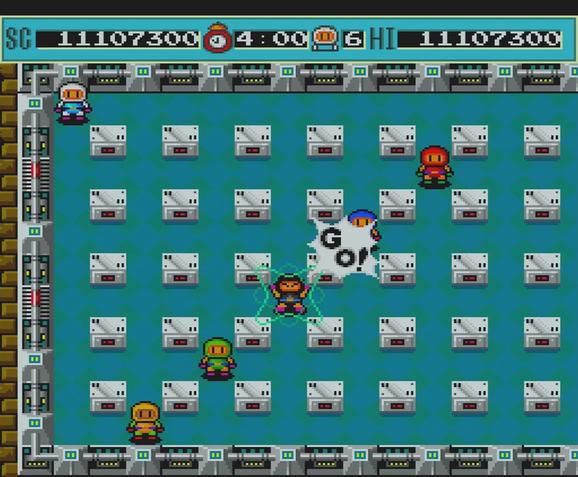
1990s Bomberman didn’t invent multiplayer, but many of the concepts seem like progenitors to the battle royale genre:
- Players begin each match with the same minimal abilities.
- They compete for limited power-ups in an arena.
- They battle until there is only one player left standing.
It wasn’t for another ten years that the core concepts of the battle royale genre took root in the public consciousness.
Battle Royale Film
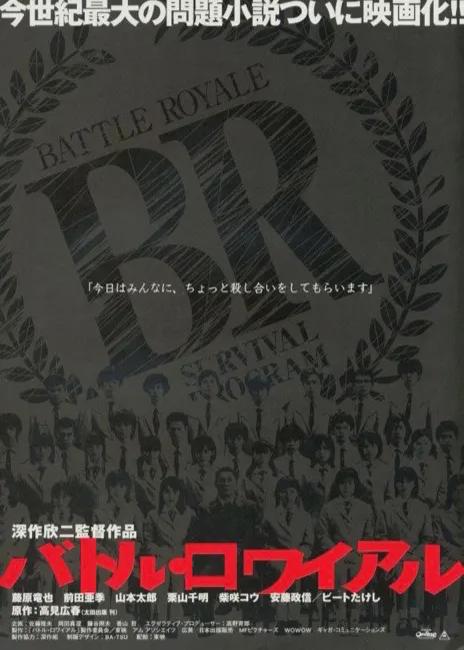
The movie that inspired the onslaught of battle royale games was released in Japan in December of 2000. Based on the 1999 novel, the plot defined many of the elements that are considered integral to the genre.
In the film, forty-two high school students are sent to a deserted island where they are given supplies and a random weapon and must kill each other in a game of survival where only one will make it out alive. Failure to follow the rules or participate results in death by an exploding collar.
Even the concept of danger zones—where players must flee toward “safe” zones or be killed after a short timer—originated in Battle Royale.
The movie inspired an entire scene of Japanese manga and anime, and—although author Suzanne Collins denies taking inspiration from Battle Royale—eight years later The Hunger Games would use a similar formula to great success.
Early Video Game Adaptations

Throughout the 2000s, video game adaptations of Battle Royale’s themes came in the form of single-player visual novels.
The most famous of these is arguably the Danganronpa franchise, beginning with Danganronpa: Trigger Happy Havoc on the PlayStation Portable in 2010.
Although these games use similar themes—particularly pitting high school students against each other in a game of death—it was first-person shooters that eventually cemented the “battle royale genre” features we recognize today.
PlayerUnknown’s Battlegrounds
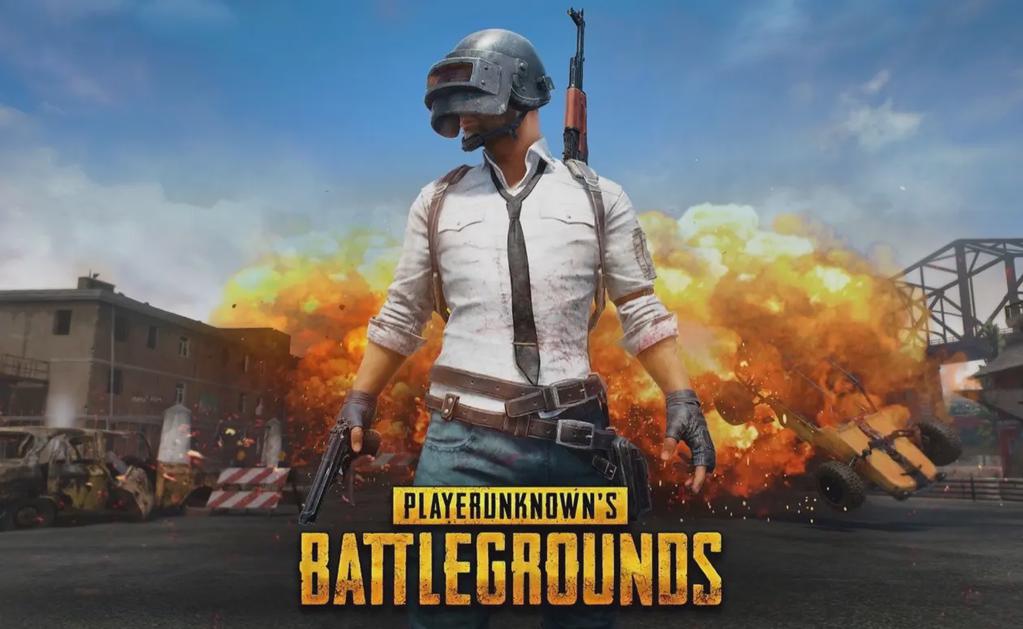
In 2013, Brendan Greene—known by his online handle PlayerUnknown—released a modded version of the ARMA 2 DayZ mod called DayZ Battle Royale that was inspired by the Battle Royale film.
Unlike prior mods where players fought over predefined equipment caches filled with gear and weapons, DayZ Battle Royale randomly scattered weapons around the map.
The mod was quite popular, and Greene continued to focus on this style of play as he recreated the mod for Arma 3 and worked on H1Z1: King of the Kill.
Eventually, Greene became the creative developer for PUBG: Battlegrounds, a game that represented his true vision for a “battle royale game” and catapulted the battle royale genre into mainstream consciousness with an all-time peak of over three million concurrent players.
I’ll never forget the first time I dropped out of the PUBG C-130 and plummeted to the island below. I was shot and killed immediately because I didn’t know what I was doing, but subsequent drops filled my head with fear and glee as I got better at scavenging and raced to the center of the safe zone.
Joe Donnelly described the feeling perfectly in his article, “Why I love PUBG’s seemingly innocuous doors”:
When each game kicks off, all functioning doors are closed. If you discover an open door on your travels, this can only mean one thing: that someone’s been here before you.
Now, you could obviously avoid these dwellings entirely. But what if there’s some decent loot that whoever was last here has overlooked? You step inside. Panic sets in—what if they’re in the house right now?
Joe Donnelly, PC Gamer
Fortnite: A Zombie Survival Game?

Fortnite looked very little like the game it is today when it was released in June 2017. It was a cooperative multiplayer experience where players defended a player-built base from hordes of zombie-like monsters. Epic Games worked on it for the better part of a decade, and it was the farthest thing from “battle royale” when it launched.
The game was infamously laden with microtransactions, sported gameplay that was a mix of ideas in a confusing package, and was on its way to becoming a middling failure.
At the time, PlayerUnknown’s Battlegrounds was ripping up the charts and dominating the multiplayer gaming space. To cash in on that popularity (and hopefully save its investment), Epic Games announced and launched Fortnite Battle Royale in September 2017.
All the tropes were there: 100 weaponless players airdrop into a giant map where they fight for survival while the safe area shrinks in size. With the battle royale genre still in its infancy, Fortnite Battle Royale wasn’t just an homage to PUBG; it was practically a copy.
In just two short months, Fortnite Battle Royale grew to over 20 million unique players.
Fortnite Eats The World
PUBG may have kickstarted the battle royale scene, but Fortnite launched the genre into the global zeitgeist—a position of power it still enjoys today.
With over 400 million total registered users and at times boasting spikes of concurrent players at over 15 million, Fortnite earns billions of dollars for Epic Games every year.
It’s a rags-to-riches story for the ages.
Battle Royale For The Masses
In the wake of Fortnite’s massive success, the battle royale genre has exploded with a slew of battle royale game modes. Every major publisher wanted a piece of the battle royale pie:
- Call of Duty: Black Ops 4 featured a battle royale mode called Blackout.
- There was a massive push inside DICE to add a battle royale mode to Battlefield V.
- GTA Online added battle royale in their Smuggler’s Run update.
- Counter-Strike: Global Offensive jumped on the bandwagon with Danger Zone.
- Paladins: Champions of the Realm added a battle royale mode, laughably named Paladins: Battlegrounds.
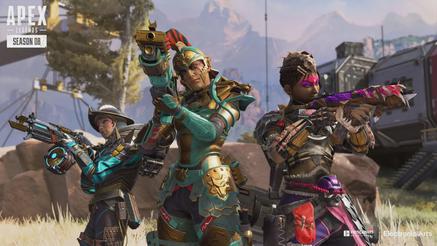
The genre was on fire, and in February 2019, EA leveraged their Titanfall IP to launch Apex Legends, a free-to-play battle royale shooter from Respawn Entertainment.
Incredibly, Apex Legends acquired over 50 million players in its first month.
Saturation & Domination
From 2019 to today, dozens of battle royale games have been launched, with the concepts even bleeding out to other gaming genres.
However, as is typical with massively multiplayer games, there can be only a few winners in such a saturated market, especially in the first-person shooter genre. The draw of a battle royale game—competing in real-time against a hundred or more other players—can also be its downfall: you need to sustain a shit-load of players to become and remain successful.
Just like in the MOBA genre, there’s only room for a couple of games at the top of the battle royale list. Players may entertain a new battle royale game or mode for a short while, but eventually they migrate back to Fortnite, or Battlegrounds, or Apex Legends.
Games like Totally Accurate Battlegrounds and Vampire: The Masquerade — Bloodhunt snagged tons of players when they launched, but struggled to maintain enough players to keep queue times reasonable (although, it must be said that TAB is seeing a minor resurgence since it has gone free-to-play).
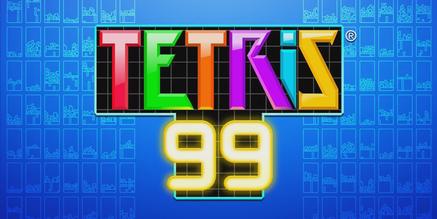
So, where do we go from here? I personally think we have enough first-person shooters taking on the genre. I’m most excited about crossover hits, like Tetris 99, Pac-Man 99, and Fall Guys; games that have successfully leveraged the concept of “many players in, only one player out” style gameplay without resorting to the same old PUBG tricks.
One thing is for sure: if a new battle royale style becomes widespread, it’ll probably find its way into Fortnite eventually.
